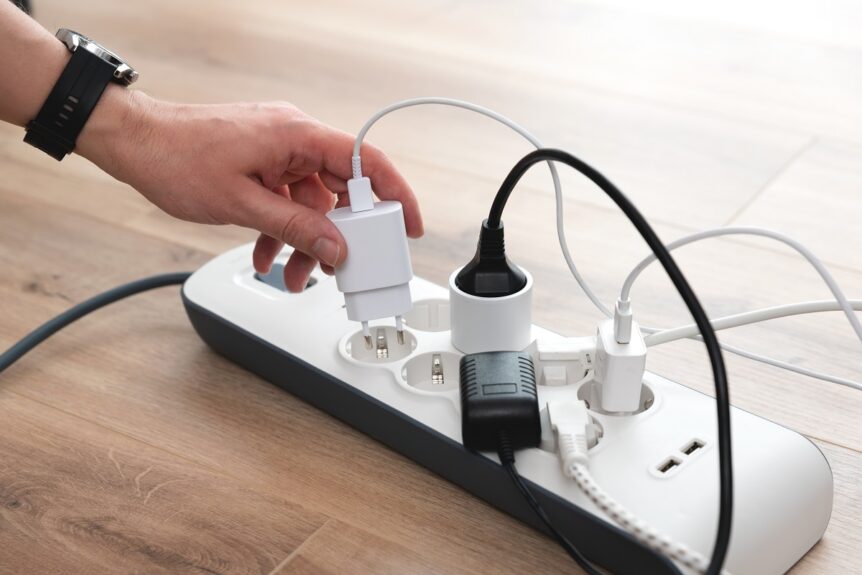After making some eco-friendly changes to our home, I’ve seen firsthand how these small adjustments can lead to big benefits. If you’re looking to create an eco-haven without breaking the bank, here are 25 practical and affordable tips from my home to yours.
1. Install Energy-Efficient Light Bulbs

Image Credit: Pexels / Anete Lusina
Switching to LED bulbs can reduce your energy consumption significantly. They last longer and use less electricity, saving you money on your utility bills.
2. Use Smart Power Strips
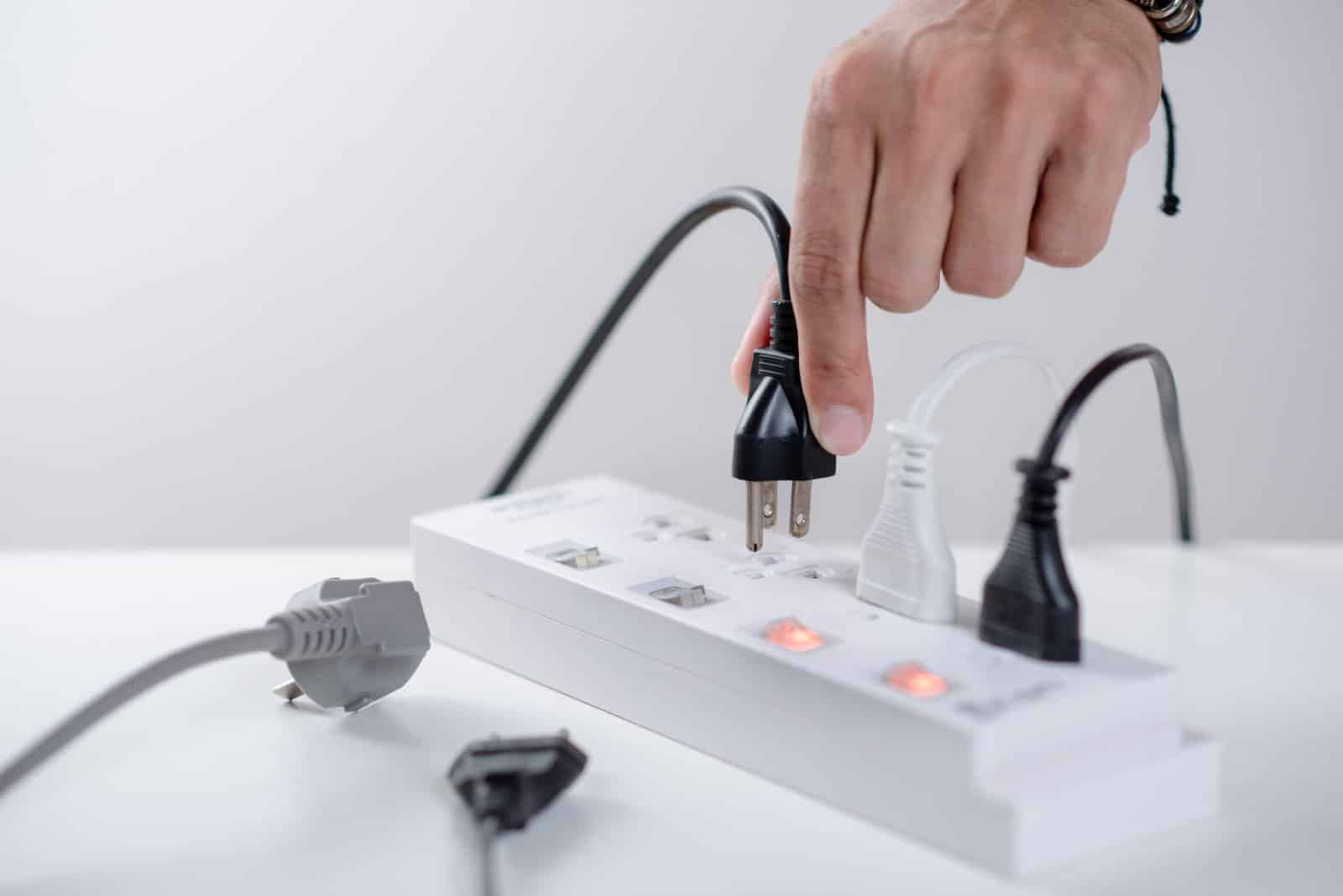
Image Credit: Shutterstock / Nor Gal
Smart power strips cut off power to devices that are not in use. This reduces phantom energy use and can save you up to $200 a year.
3. Seal Drafts and Leaks
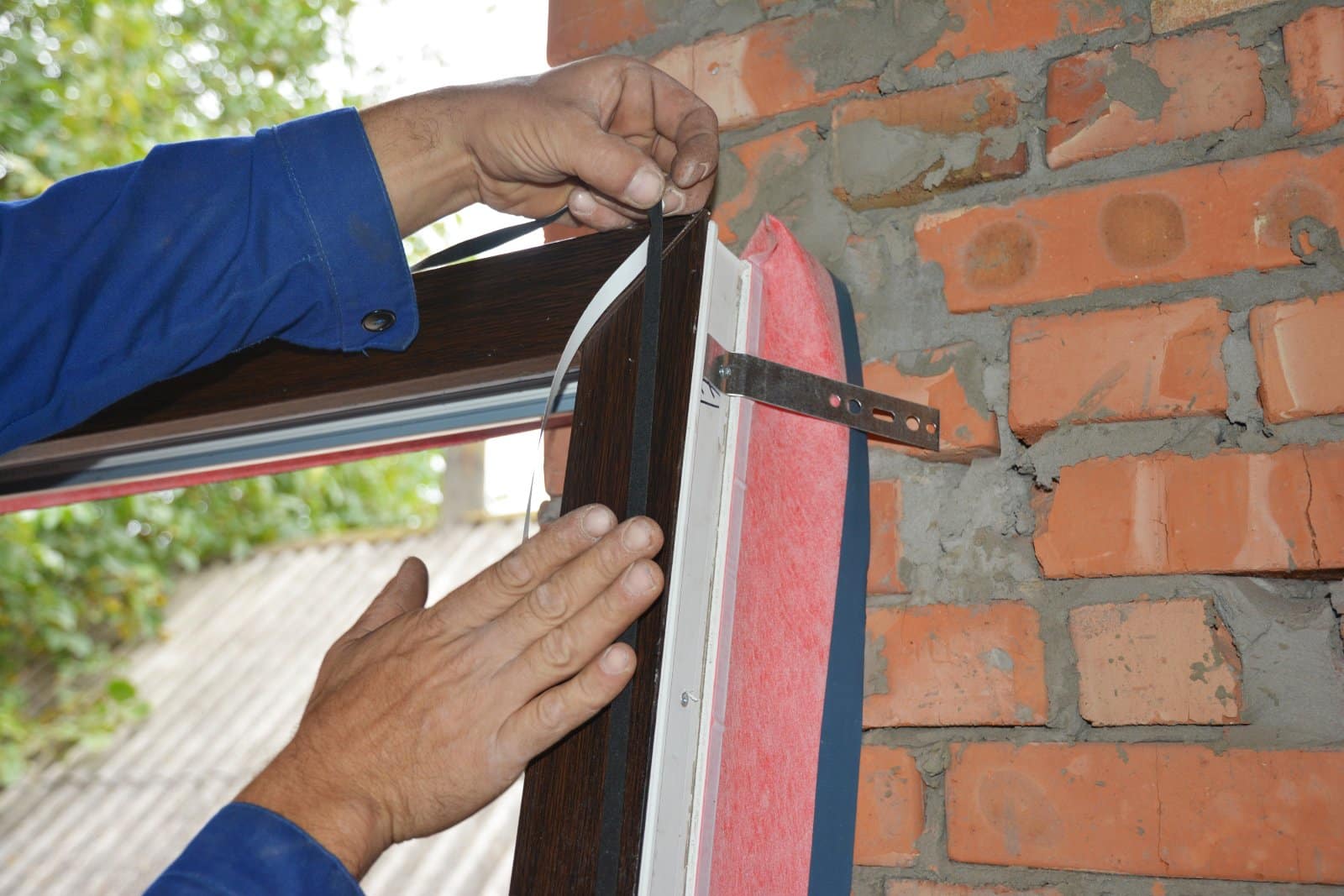
Image Credit: Shutterstock / Radovan1
Use weather stripping and caulking to seal drafts around windows and doors. This simple fix can lower your heating and cooling costs by up to 20%.
4. Upgrade to a Programmable Thermostat

Image Credit: Shutterstock / Josep Suria
A programmable thermostat can optimize your heating and cooling schedule. This small investment can save you up to 10% on your energy bills.
5. Switch to Low-Flow Fixtures

Image Credit: Shutterstock / New Africa
Install low-flow showerheads and faucets to reduce water usage. This can lower your water bill and conserve a precious resource.
6. Use Cold Water for Laundry

Image Credit: Shutterstock / Jacob Lund
Washing clothes in cold water saves energy and helps your clothes last longer. Detergents designed for cold water make this an easy switch.
7. Hang Clothes to Dry
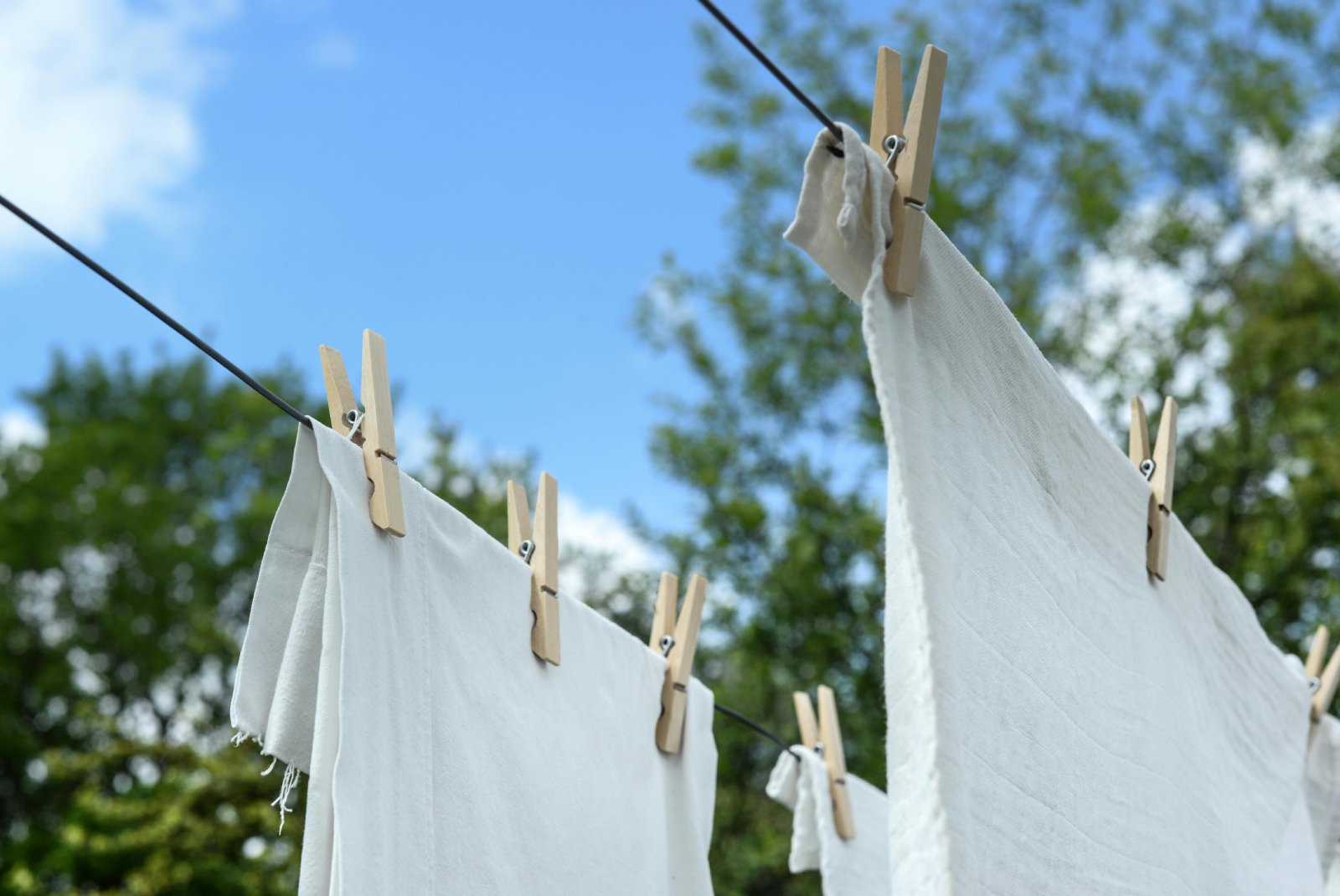
Image Credit: Pexels / Skitterphoto
Reduce dryer use by hanging clothes to dry. This cuts down on energy use and extends the life of your garments.
8. Compost Kitchen Waste
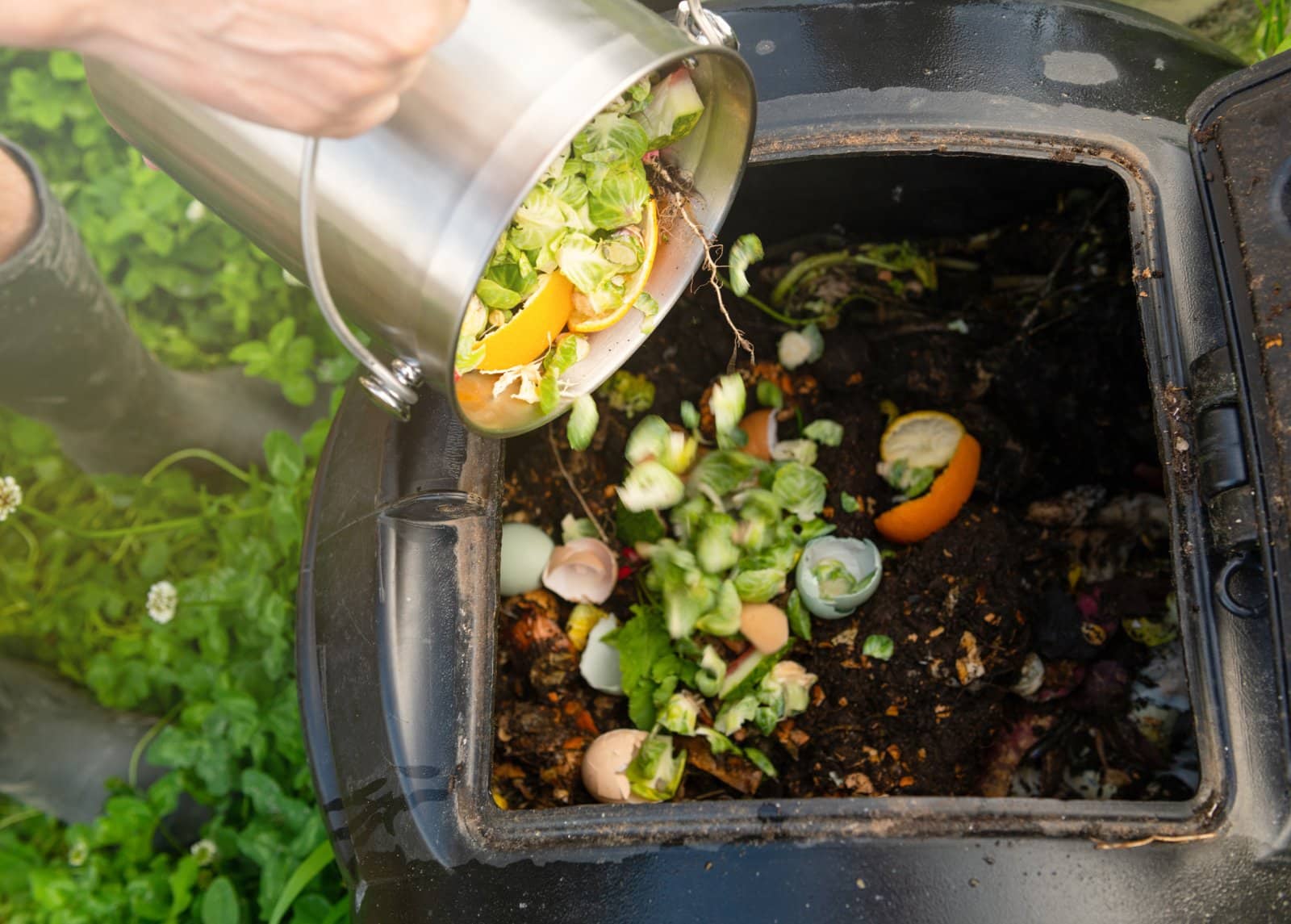
Image Credit: Shutterstock / Anna Hoychuk
Start composting food scraps to reduce waste and create nutrient-rich soil for your garden. Even if you don’t have a garden, many communities have composting programs.
9. Grow Your Own Herbs and Vegetables

Image Credit: Shutterstock / Milan Ilic Photographer
Plant a small garden with herbs and vegetables. This provides fresh, organic produce and reduces your grocery bill.
10. Use Reusable Shopping Bags

Image Credit: Shutterstock / encierro
Ditch plastic bags for reusable ones. Keep a few in your car so you’re always prepared when you go shopping.
11. Insulate Your Water Heater

Image Credit: Shutterstock / Friends Stock
Wrap your water heater in an insulating blanket to reduce heat loss. This simple step can lower your energy costs.
12. Install Ceiling Fans

Image Credit: Shutterstock / tammykayphoto
Ceiling fans circulate air and can help reduce heating and cooling costs. They’re especially effective when used with your HVAC system.
13. Collect Rainwater
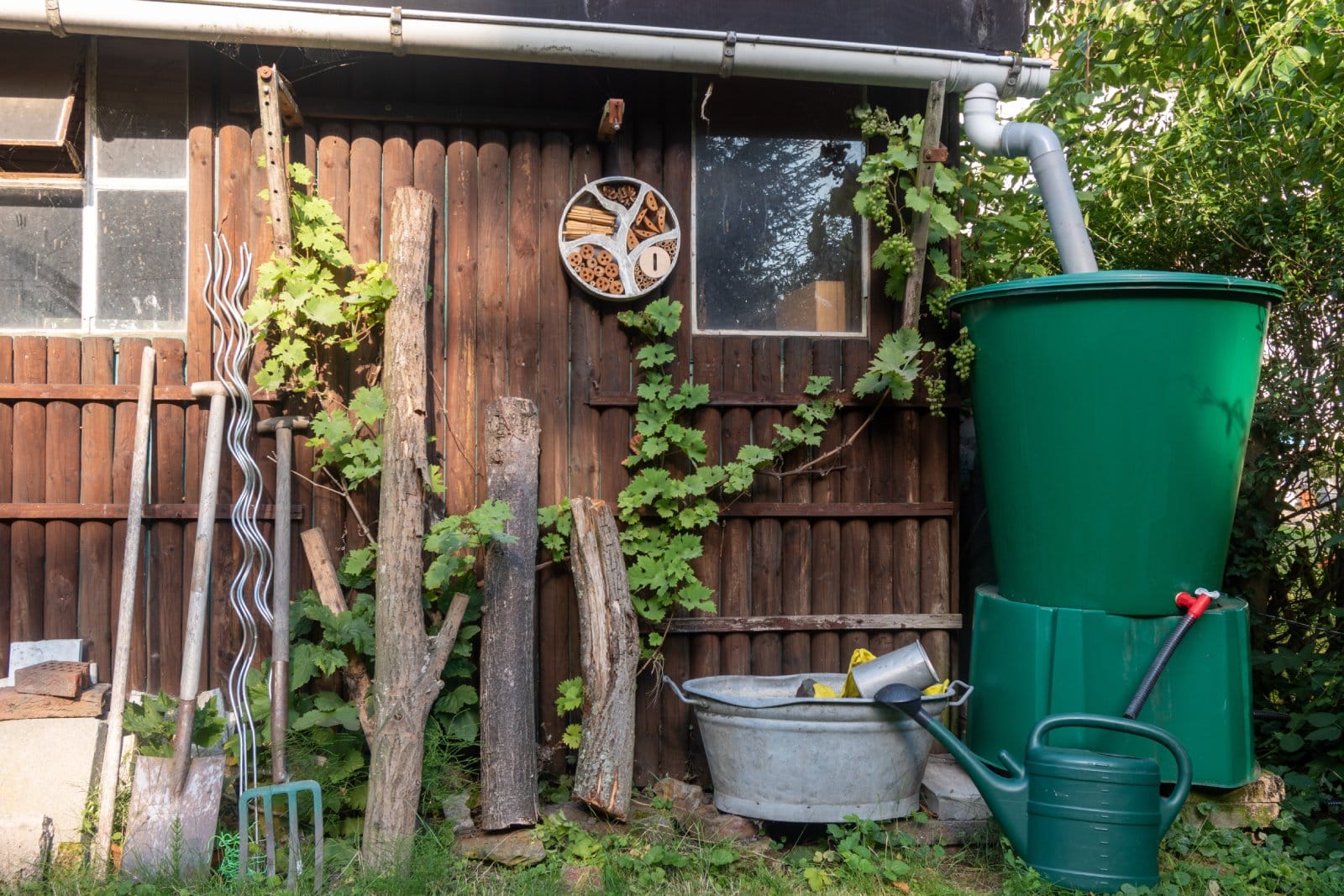
Image Credit: Shutterstock / Delovely Pics
Set up a rain barrel to collect water for your garden. This reduces your water bill and conserves municipal water.
14. Use Natural Cleaning Products

Image Credit: Shutterstock / Arturs Budkevics
Switch to eco-friendly cleaning products. They’re better for the environment and your health, and you can even make your own using simple ingredients like vinegar and baking soda.
15. Insulate Your Attic

Image Credit: Shutterstock / Patryk Kosmider
Adding insulation to your attic is a cost-effective way to improve energy efficiency. It helps keep your home warmer in the winter and cooler in the summer.
16. Replace Air Filters Regularly
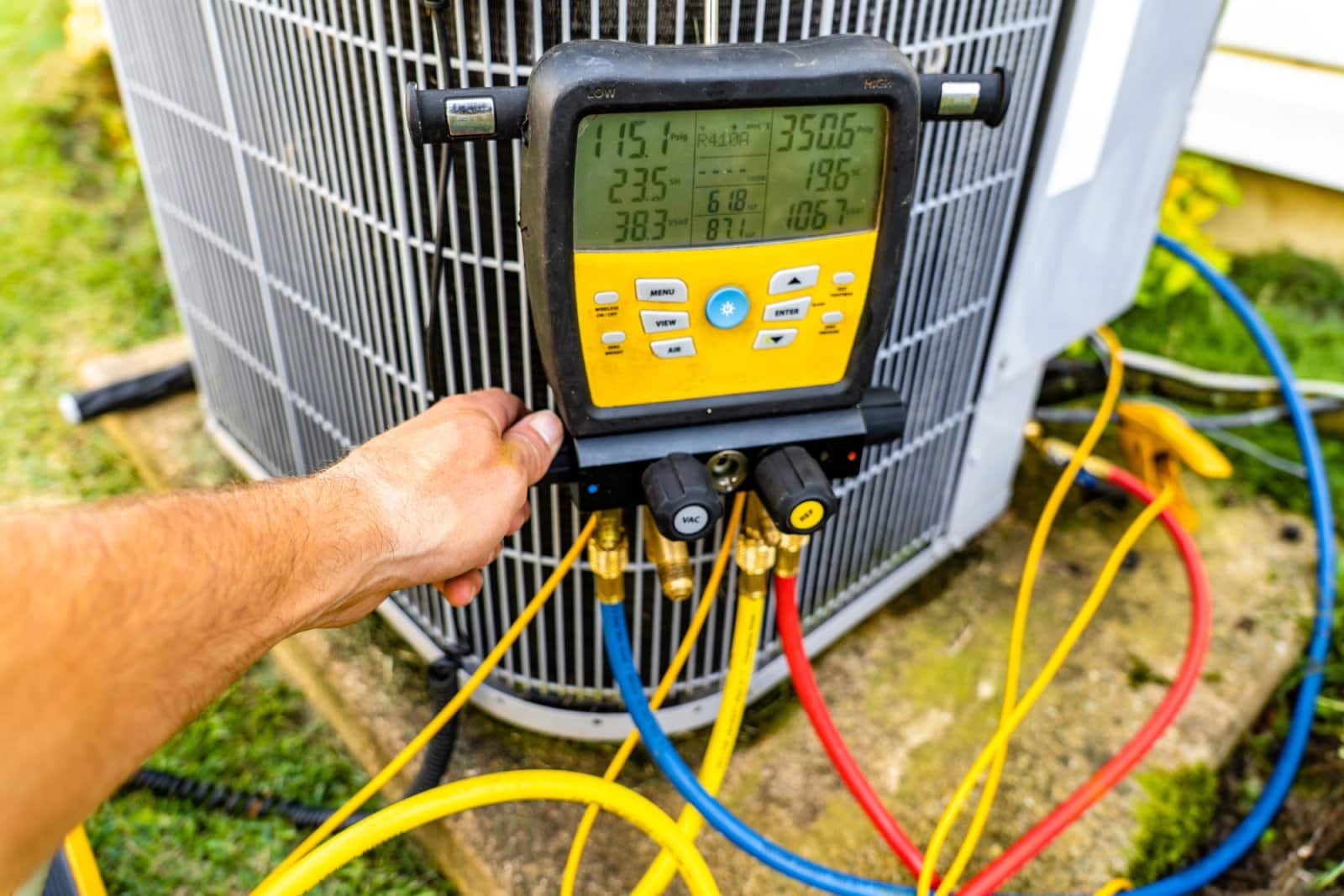
Image Credit: Shutterstock / Toby Allison
Change your HVAC filters every three months. Clean filters improve system efficiency and air quality, saving energy and reducing allergens.
17. Install Solar-Powered Outdoor Lights
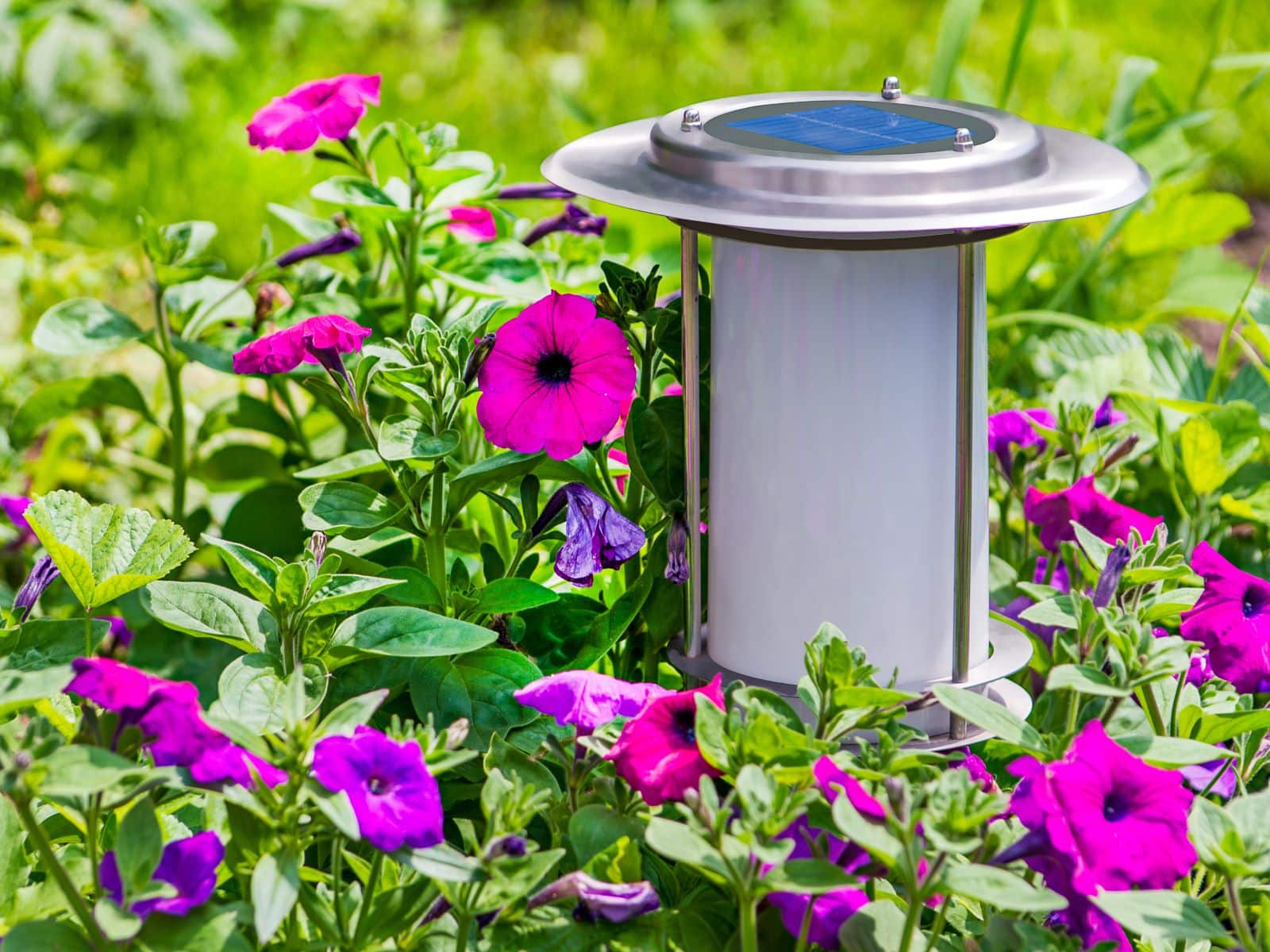
Image Credit: Shutterstock / GLandStudio
Use solar-powered lights for your garden and pathways. They’re easy to install and reduce your electricity usage.
18. Choose Energy Star Appliances

Image Credit: Shutterstock / Butsaya
When replacing appliances, choose Energy Star-rated models. They use less energy and water, saving you money in the long run.
19. Create a DIY Draft Stopper
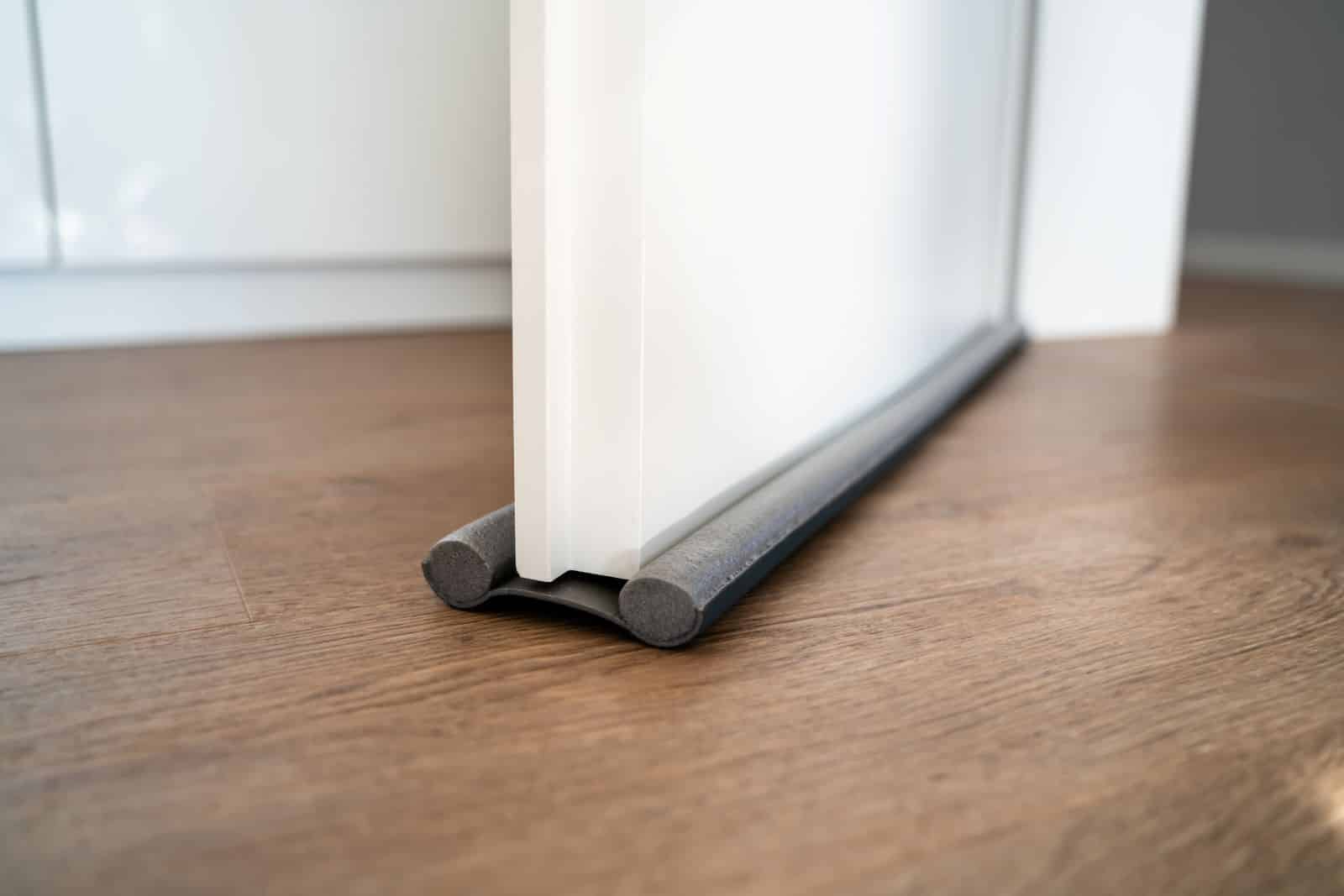
Image Credit: Shutterstock / Andrey_Popov
Make your own draft stopper for doors and windows using fabric and sand or rice. This helps keep the cold air out and the warm air in.
20. Use Recycled Materials

Image Credit: Shutterstock / Manop Boonpeng
Opt for recycled or reclaimed materials for home improvement projects. This reduces waste and often saves money.
21. Plant Native Species
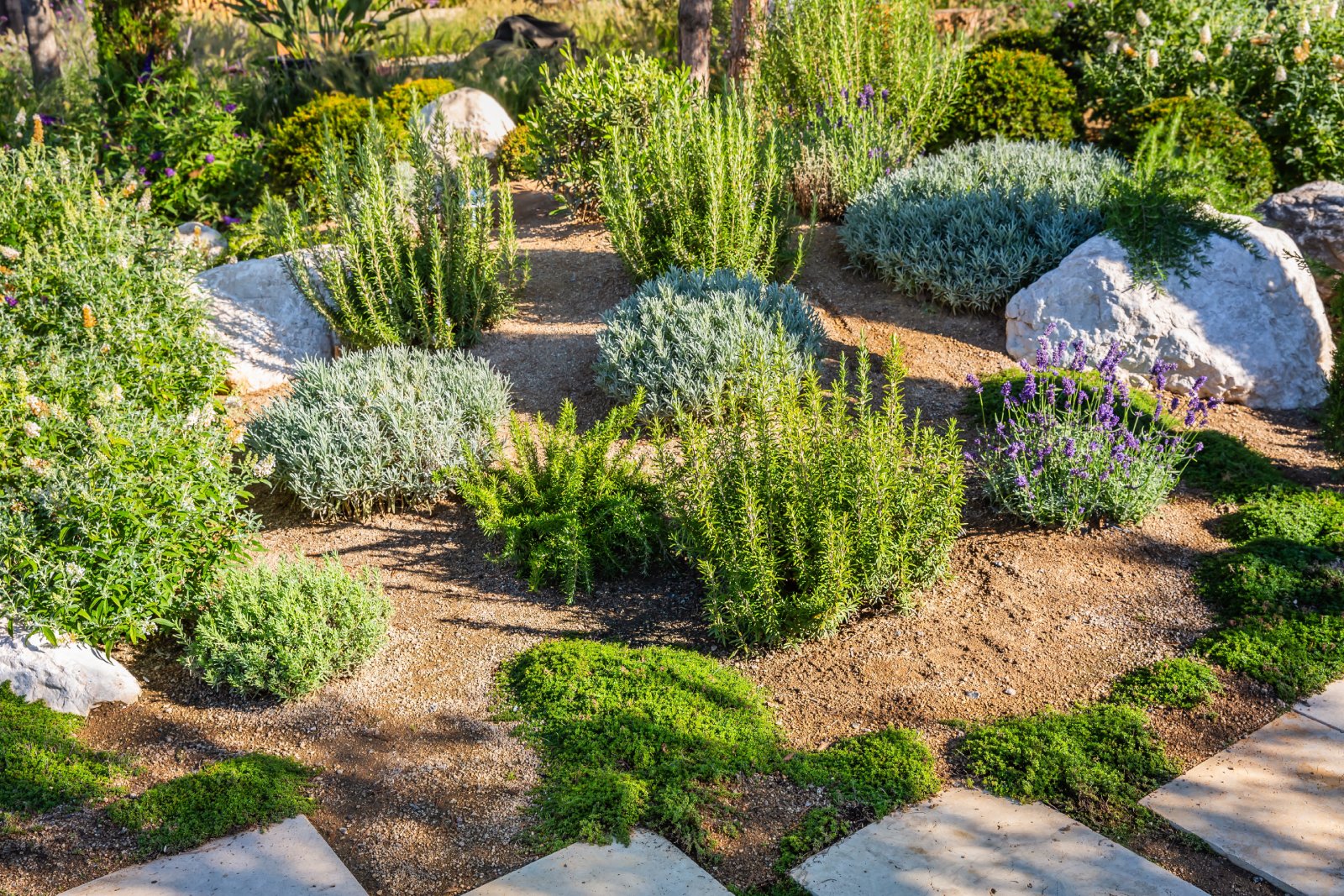
Image Credit: Shutterstock / Ingrid Balabanova
Choose native plants for your garden. They require less water and maintenance, and they support local wildlife.
22. Reduce Meat Consumption

Image Credit: Shutterstock / SunCity
Cutting back on meat, even just one day a week, can significantly reduce your carbon footprint. Try incorporating more plant-based meals into your diet.
23. Use Blackout Curtains

Image Credit: Shutterstock / Abhishek S Padmanabhan
Install blackout curtains to reduce heat loss in the winter and keep your home cooler in the summer. This can lower your heating and cooling costs.
24. Make a Solar Oven
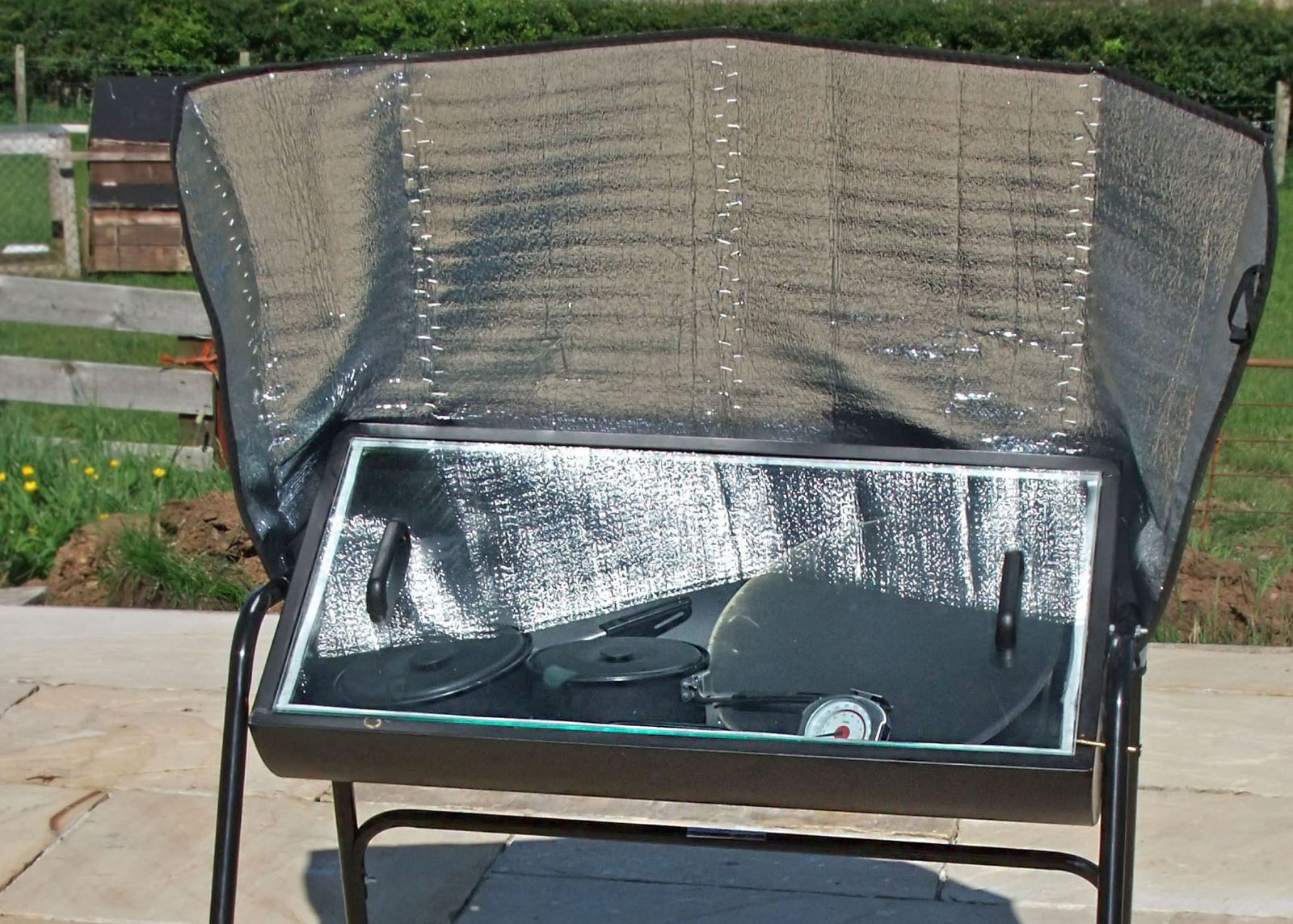
Image Credit: Shutterstock / Ballygally View Images
A DIY solar oven can be a fun project and a great way to cook food using free solar energy. There are plenty of online guides to help you get started.
25. Educate Your Family

Image Credit: Shutterstock / Prostock-studio
Involve everyone in your household in your eco-friendly initiatives. Teach your kids about sustainability and make it a family effort to live greener.
Eco Convert?

Image Credit: Shutterstock / Prostock-studio
Converting your home into an eco-haven doesn’t have to be expensive or complicated. These simple, affordable changes can make a big difference for the environment and your wallet. From my home to yours, I hope these tips inspire you to take the next step in your eco-friendly journey.
Featured Image Credit: Shutterstock / Proxima Studio.
The content of this article is for informational purposes only and does not constitute or replace professional financial advice.
For transparency, this content was partly developed with AI assistance and carefully curated by an experienced editor to be informative and ensure accuracy.

